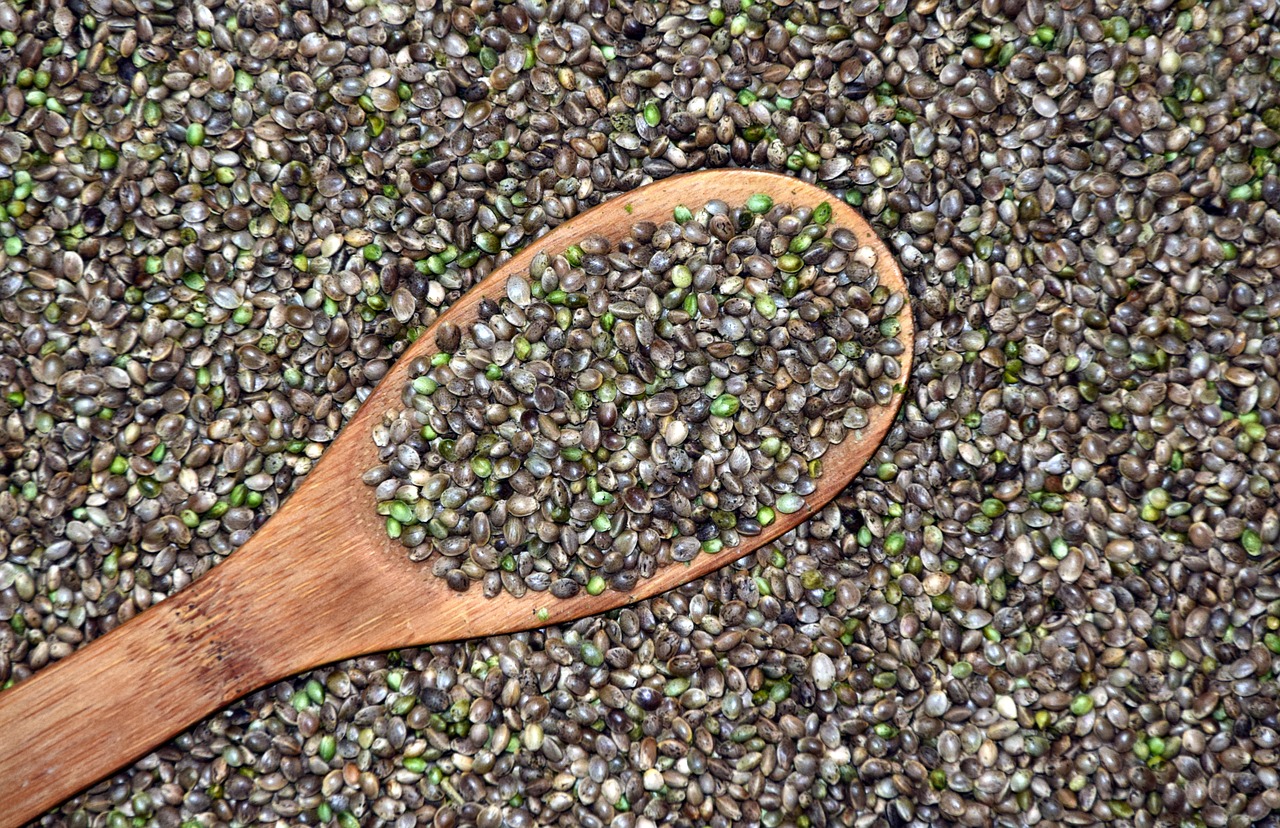
Cannabis is a herbaceous plant belonging to the Cannabaceae family. Its height varies from 1.5 to over 2 meters, depending on the species or variety. The leaves are palmate, consisting of lanceolate lobes with serrated margins. Hemp plants are dioecious and unisexual flowers grow on individuals of different sexes.
Traditional medicine
It is believed that cannabis was widely used in Greek medicine at that time. In addition, cannabis fiber was widely used in the ancient Greek and Roman world for the production of textiles and ropes, the latter especially for ships.
However, the recreational use of cannabis in antiquity seems to have been rather limited. The philosopher Democritus described a mixture of wine, cannabis and myrrh in about 460 BC, to which he attributed hallucinatory and visionary states.
Cannabis is described by Dioscorides in his pharmacopoeia “De Materia Medica” in these terms:
“Cannabis is a plant of considerable use in this life for weaving very strong ropes. It has foul-smelling leaves similar to those of ash trees, long hollow stems, and a round seed. When eaten in large quantities, it calms conception. The herb (crushed when green) is useful for earaches. It is also called cannabium, schoenostrophon, or asterion; the Romans called it cannabis.
Cannabis sylvestris has small stems similar to those of althea [3-163], but darker, pointed, and smaller. The leaves are similar to those of the cultivated plant, but more pointed and darker. The reddish flowers are similar to those of lychnis [3-114, 3-115], while the seeds and root are similar to those of althea. The root (boiled and applied) can relieve inflammation, dissolve edema, and dissolve hardened material around joints. The bark of this plant can be used to weave ropes. It is also called hydrastina, the Romans call it terminalis, and some call it cannabis.”
Cannabis sativa has a long history of use as a fiber and seed crop in China, and its seeds and other plant parts have been recorded in Chinese medical texts for nearly 2,000 years. Although the main applications of cannabis in Chinese medicine focus on the use of the seeds, often used as a laxative, ancient indications for the female inflorescence and other parts of the plant include conditions such as pain and mental illness, which are the subject of current cannabinoid research.
In Ayurvedic medicine, Cannabis sativa was recommended against phlegm and diarrhea, as an aphrodisiac, and for the treatment of pain.
Modern medicine
Hemp seeds have a pleasant nutty flavor and are a valuable source of essential amino acids, fatty acids, minerals, vitamin E (alpha, delta and gamma tocopherols) and fiber. Hemp seeds also contain important phytochemicals such as phytosterols and antioxidant polyphenols. In addition, hemp seeds contain small amounts of cannabidiolic acid, a precannabinoid that has anti-inflammatory and antimicrobial activity.

Cannabis sativa seed meal contains approximately 30% oil, which is high in total polyunsaturated fatty acids (PUFAs) (>70%) and alpha-linolenic acid (ALA) (11%-20%). The oil has a high ratio of unsaturated to saturated fatty acids and a near perfect balance of omega-3 and omega-6 fatty acids as required for a healthy diet.
Such an optimal balance of omega-3 and omega-6 polyunsaturated fatty acids promotes memory. In addition, a diet rich in polyunsaturated fatty acids helps maintain healthy central and peripheral metabolism, brain plasticity, memory and learning, blood flow, and neuronal genesis.
In patients with atopic dermatitis, the use of food-grade hemp oil caused significant changes in the plasma fatty acid profile, increasing the levels of essential fatty acids, linoleic acid, and alpha-linolenic acid, and improving the clinical symptoms of atopic dermatitis.